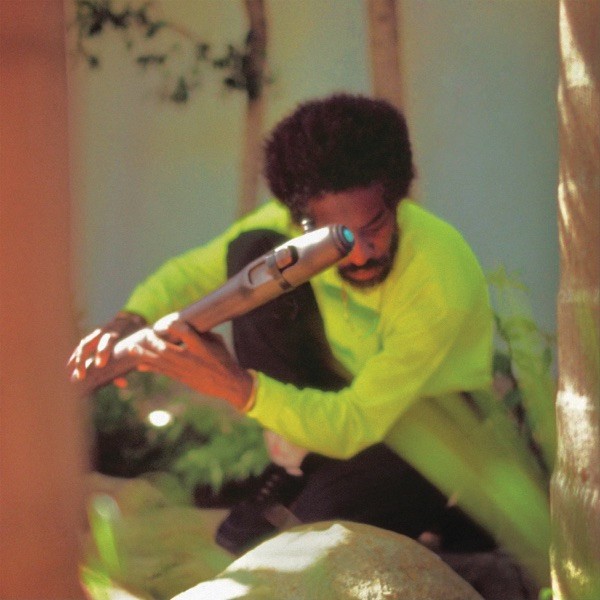The other notable number was the world premiere of Francis Thorne's Clarinet Concerto, commissioned by the Seattle Symphony, featuring the Symphony's Christopher Sereque on clarinet. Thorne's concerto emphasized the flashy side of the instrument, taking Sereque back and forth between the upper and lower registers, particularly in the first two movements--an energetic style that was at times discordant and harsh.
A few more folks crept out after Thorne's number; a pity, since they'd probably have enjoyed the closing piece, Ottorino Respighi's "Pini di Roma (Pines of Rome)." The sweeping number came to a vibrant climax with the brass section sounding a fanfare from different points in the hall.
The opening number, Carl Maria Von Weber's "Overture to Euryanthe," whetted the audience's appetite for Salerno-Sonnenberg's arrival. "She'll stalk onstage," the man behind me whispered to his companion, "and she always wears something... interesting." True to form, Salerno-Sonnenberg strode onstage in what 60 Minutes referred to as her "don't give a damn walk," wearing a green pantsuit. Salerno-Sonnenberg's penchant for trousers was once considered shocking: "My God, you'd think the sky had fallen down," she joked. Now a number of women in the orchestra also wear trousers. Ah, progress!
Much has been made of the athleticism in Salerno-Sonnenberg's performances. What's often overlooked is that her intensity is just as evident during quieter passages. The opening notes of Bruch's concerto were barely more than a whisper, yet one could easily sense the power behind Salerno-Sonnenberg's playing--it was like watching a panther stealthily advance on its prey.
Compelling as her performances are on record or film, Salerno-Sonnenberg is one of those rare performers who must be experienced live. She imbues the music with such passion, it becomes a living thing. The second movement highlighted the emotive qualities of the violin, the instrument closest in sound to the human voice. The fireworks came during the allegro energico, as Salerno-Sonnenberg sweated and burned her way through the music--proof that even classical music can provoke headbanging.


















